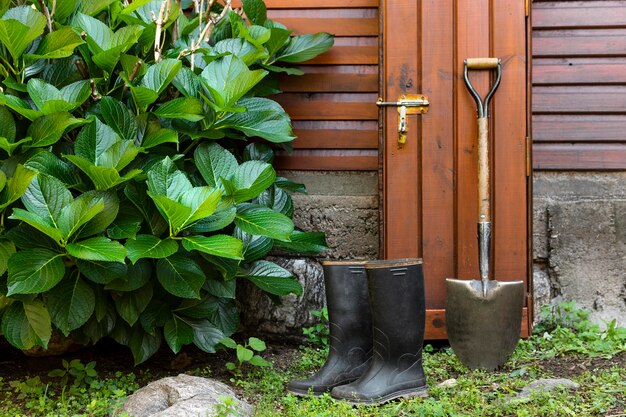
Sponsored article
Transforming your outdoor space with the right fencing hardware involves more than just selecting a design. It’s about choosing the right materials, ensuring proper installation, and committing to regular maintenance. Each step not only enhances the aesthetic appeal of your property but also boosts its security and adds value. In this article, we’ll explore key considerations to help you make informed decisions that protect your investment and perfectly complement your outdoor environment.
When it comes to choosing the right fencing materials for your outdoor space, it’s crucial to understand the various options available and how they align with your specific needs and environment. Wood fencing is a popular choice due to its natural appearance and versatility. It provides a classic look and can be stained or painted to suit any setting. However, it requires regular maintenance to prevent rot and weathering, especially in humid climates. On the other hand, metal fencing, such as aluminum or steel, offers a more durable fencing option that withstands harsh weather conditions and requires minimal upkeep, although it can be more expensive. Vinyl fencing represents another low-maintenance alternative, resistant to warping and damage caused by insects, making it ideal for a variety of climates. However, vinyl can crack under extreme temperatures. For those looking to accessorize their garden, [garden fencing accessories](https://liveoutside.co.uk/en/menu/fencing-accessories-304.html) can enhance both function and aesthetics. Consider your local climate and desired level of upkeep when selecting the best fencing material for your area.
Embarking on a fencing installation project can significantly enhance your outdoor space, whether you opt for DIY fencing or enlist professional fencing services. To achieve optimal results, attention to detail is key. Begin with comprehensive preparation: assess your property lines, check local regulations, and choose the right materials. For DIY fencing, gather essential tools such as a posthole digger, level, circular saw, and drill. If you’re unsure, professional fencing services can offer expert guidance and execution. To ensure a smooth installation, follow these tips:
By understanding common pitfalls, like uneven post alignment or inadequate material choice, you can enjoy the lasting beauty and functionality of your new fence.
Proper fencing maintenance is crucial to extend the lifespan of your outdoor investment and keep it looking pristine. Different materials require tailored care, and understanding these needs ensures your fence stands strong against time and weather. Begin with weatherproofing: Wooden fences benefit from sealing to guard against moisture and rot, while metal fences should be treated with rust-resistant paint. For vinyl fences, a simple wash and polish suffice to maintain their vibrant appearance. Regular checks for damage, such as loose planks or rust spots, are essential. Prompt attention to small issues like these can prevent costly repairs down the line. Employ effective repair techniques; tighten screws and bolts on metal fences, replace broken slats or boards in wooden ones, and use patch kits for vinyl. Preserving your fence requires consistent fence care, so schedule routine inspections and adjustments. By investing time in these simple yet effective practices, your fencing will remain a durable and attractive feature of your outdoor space.